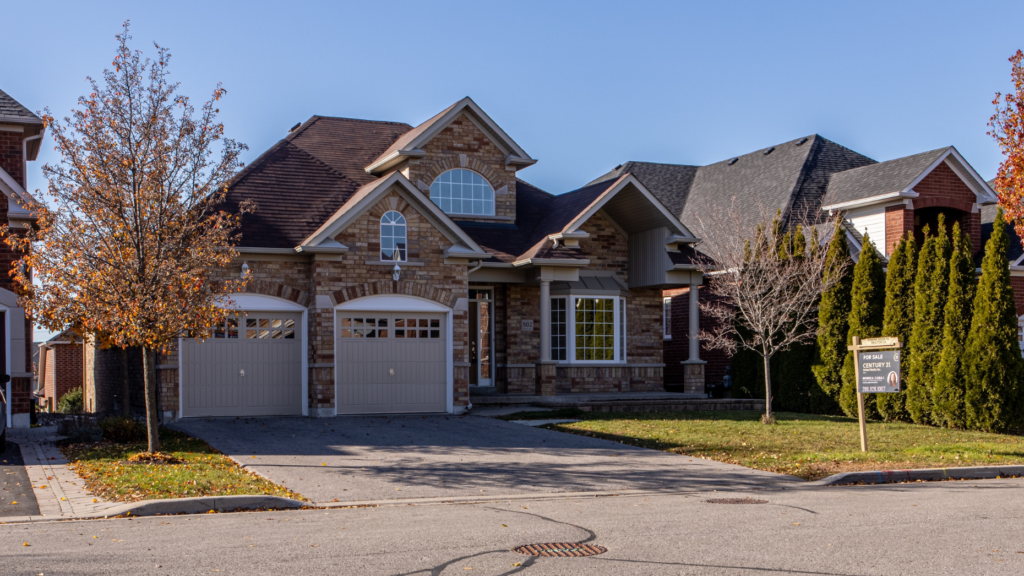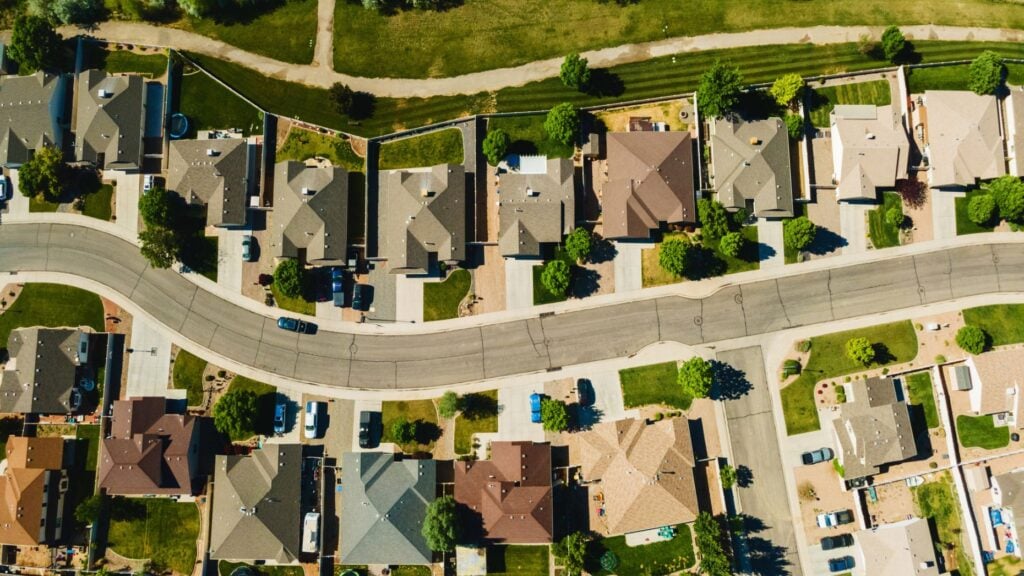“While July’s housing market data update is big news, and could get first-time buyers’ hopes up, the future is unlikely to bring meaningful improvement to housing affordability,” Zillow’s latest market report reads.
In one of the starkest signs yet that home price growth is moderating, Zillow has lowered its estimate of national home values for the first time in more than a decade.
The Seattle-based listings portal recorded a 0.1 percent decline in its home-value index from June to July, continuing a sharp slowdown that began in April. This measure of U.S. home values remained up 16 percent year over year.
“While July’s housing market data update is big news, and could get first-time buyers’ hopes up, the future is unlikely to bring meaningful improvement to housing affordability,” Zillow’s latest market report reads.
The home-value index is based on the company’s Zestimate, an approximation of how much each home could sell for, based on data the company obtains about each property including recent listings and sales.
The index follows what’s happening in the middle tier of U.S. homes — priced from the 35th to 65th percentiles.
In April, home values were pushing upward at a breakneck pace despite the period’s rising mortgage rates and declining demand for homes. That month’s 1.9 percent rise in home values would, if sustained for an entire year, amount to 25 percent annual price growth, Zillow’s research team said in the report.
But since then, the market has started to tap the brakes. That 1.9 percent monthly growth in April was followed by a 1.2 percent increase in May, 0.8 percent in June and now -0.1 percent in July.
The average value of a mid-tier home tracked by Zillow now sits at $357,107, the company said.
In a reversal of a persistent trend of home price growth, some of the nation’s once-hottest markets led the way toward a rebalancing of the market.
In San Jose, Zillow adjusted its home value estimates downward by 4.5 percent in the month of July alone. San Francisco, Phoenix and Austin each had home-value declines of at least 2.7 percent.
But the slowdown wasn’t felt everywhere equally. While price growth continued to slow in Miami in July, home values were still rising at a robust 1.5 percent monthly rate, the highest mark in the nation.
Zillow observed similar conditions — strong, albeit slowing, growth — in Richmond, Virginia, as well as Memphis, Tennessee.
As the once-red-hot demand for homes continues to cool from its pandemic highs, the strong advantages in negotiations enjoyed by sellers in recent months have begun to dissipate as well.
The total inventory of homes for sale at any given time rose by more than 5 percent from June to July — more than five times the increase recorded over the same period in pre-pandemic 2019.
The share of home listings with a price cut has also doubled since April alone and now rests at 18.6 percent of all listings.
“While high prices plus higher mortgage rates have pushed some buyers from the market for now, those shoppers who are able to proceed suddenly face a much less competitive market, offering them more time to conduct their search and more options to consider,” Zillow’s report reads.
Email Daniel Houston



 Are You Interested in West Eleventh Residences Miami?
Are You Interested in West Eleventh Residences Miami? Are You Interested in ONE Park Tower by Turnberry?
Are You Interested in ONE Park Tower by Turnberry? Are You Interested in Diesel Wynwood Condominium?
Are You Interested in Diesel Wynwood Condominium? Are You Interested in Five Park Miami Beach?
Are You Interested in Five Park Miami Beach? Are You Interested in Cipriani Residences Miami?
Are You Interested in Cipriani Residences Miami? Are You Interested in Bentley Residences Miami?
Are You Interested in Bentley Residences Miami? Are You Interested in Baccarat Residences Brickell?
Are You Interested in Baccarat Residences Brickell? Are You Interested in Aria Reserve Miami?
Are You Interested in Aria Reserve Miami? Are You Interested in 888 Brickell Dolce & Gabbana | Miami?
Are You Interested in 888 Brickell Dolce & Gabbana | Miami? Are You Interested in 600 Miami WorldCenter?
Are You Interested in 600 Miami WorldCenter? Are You Interested in HUB MIAMI RESIDENCES?
Are You Interested in HUB MIAMI RESIDENCES? Are You Interested in WALDORF ASTORIA RESIDENCES?
Are You Interested in WALDORF ASTORIA RESIDENCES?